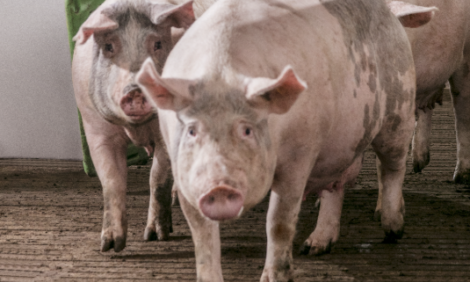



Livestock Feeding and Crop Management Strategies
CANADA - A soil scientist with the University of Manitoba says livestock feeding strategies and crop management practices are still the most cost-effective methods for managing phosphorus, according to Bruce Cochrane.In 2006, in response to water quality concerns in Lake Winnipeg, the Manitoba government introduced new phosphorus-based livestock manure application limits.
Dr Don Flaten, a soil fertility researcher with the University of Manitoba's Faculty of Agricultural and Food Sciences and chair of the National Centre for Livestock and the Environment, says the phosphorus balance in Manitoba is pretty even but there are specific areas where phosphorus is a concern.
Dr Don Flaten-University of Manitoba
We've got some special challenges in the southeast corner of the province and some of the concerns that are raised include how can we use, let's say, feeding management strategies or crop management practices in the field.
Those are the two that probably have the most viability right now.
Feeding management, if you can reduce your phosphorus supplementation down to the right level for each phase of your livestock, that may in fact cut your feed bill and pay you to get closer to P balance.
Some of the crop management strategies in terms of picking the crops that have the highest removal rates for phosphorus and making sure that if you're growing forage, that you're harvesting hay so that you can export the nutrients rather than grazing it which exports very few nutrients, those are some of the strategies that are probably most cost-effective.
The manure treatment strategies one is a lot more difficult.
When we take a look at the economics of mechanical or chemical treatment of manure it usually looks pretty difficult to make that economic justification but I think we're going to be seeing some more research and development in that area and it may become more and more viable as we learn more about that technology.
Dr Flaten notes 85 percent of the phosphorus applied to agricultural land is applied in the form of synthetic fertilizer so we can assume livestock manure contributes a relatively small fraction of nutrient loading but, just like everybody's contribution, added all up that's what accounts for our nutrient loading problem.






